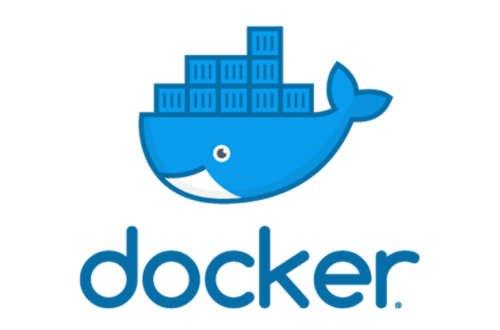This post is part of the GenAI Series
The only way we can interact with an LLM model is by passing an instruction to retrieve a response. That instruction is called a prompt. In this post, we are going to discuss what a prompt is and what prompt engineering entails
What is a Prompt
A prompt is simply the instruction or question you give to an AI or language model to get a response. Think of it as a way to guide the AI toward the answer or output you want. Imagine you’re talking to a super-smart friend who’s always eager to help but needs a little guidance on what you want. The prompt is how you start that conversation and steer it in the right direction. It could be as simple as asking, “What’s the weather like today?” or as complex as, “Write me a short story about a time-traveling chef.” Just like how you might phrase things differently depending on who you’re talking to, crafting a good prompt is about finding the right words to communicate clearly with AI, so it understands exactly what you’re after and can give you the best possible response..
What is Prompt Engineering
Prompt engineering is the art of crafting the perfect question or instruction to get the best possible answer from an AI. Think of it as learning how to be a really good coach or teacher for AI. You’re not just asking questions or giving instructions — you’re crafting them carefully to bring out the AI’s best performance. It’s like knowing exactly how to explain a task to a friend so they not only get it right but might even surprise you with how well they do it.
Components of a prompt
The basic components of a prompt are:
- Instruction: This is the main task you’re giving the AI. It’s like telling a friend what you need help with. Example: Create a recipe for a vegetarian pasta dish.
- Context: Any background info that helps the AI understand the situation better. Think of it as filling your friend in on what’s going on. Example: I’m cooking for a dinner party where one guest is allergic to nuts.
- Input: The specific information or data you’re giving the AI to work with. It’s the raw material for the task. Example: I have tomatoes, spinach, garlic, and various pasta shapes in my pantry.
- Output format: How you want the AI to present its answer. Like asking your friend to give their advice in bullet points or as a story. Example: Present the recipe in a numbered list with ingredients followed by steps.
- Examples (sometimes): Showing the AI what you mean by giving it a sample. It’s like saying, “Here’s what I’m looking for.” Examples:
- Ingredients:
- 1 cup flour
- 2 eggs Steps:
- Instructions
- Mix flour and eggs
- Knead the dough
- Constraints
- The recipe should not take more than 30 minutes to prepare and cook
- Ingredients:
Putting it all together, a complete prompt might look like this:
Create a recipe for a vegetarian pasta dish. I’m cooking for a dinner party where one guest is allergic to nuts. I have tomatoes, spinach, garlic, and various pasta shapes in my pantry. Present the recipe in a numbered list with ingredients followed by steps. The recipe should take no more than 30 minutes to prepare and cook. Here’s a sample format:
Ingredients:
– 1 cup flour
– 2 eggs Steps:
Instructions:
– Mix flour and eggs
– Knead the dough
Types of Prompts
- Zero-shot prompts: A direct question or instruction without providing any examples. It is like asking your smart friend to do something they’ve never done before, but you trust they can figure it out. Example: What is the capital of France?
- One-Shot Prompts: These prompts provide a single example to the AI model before asking a related question. It’s like you’re giving your friend a couple of examples to follow. It’s like saying, “Here’s how it’s done, now you try!”. Example: A cat is a pet. A dog is a pet. What is a rabbit?
- Chain-of-thought prompts: These prompts encourage the AI to break down a complex problem into smaller, more manageable steps, guiding it toward a solution. This is when you ask your AI friend to show their work. It’s like saying, “Walk me through how you’re thinking about this.”. Example: If I have 2 apples and buy 3 more, how many apples do I have in total? First, add the apples together, then give the total.
In essence:
- Zero-shot: “Here’s a task. Do it.”
- One-shot: “Here’s an example. Do a similar task.”
- Chain-of-thought: “Here’s a task. Break it down into smaller steps and solve it.”
Conclusion
In this post, we learned not only what prompt and prompt engineering is but also which type of prompt is suitable for different situations. You can’t utilize an LLM effectively unless you know how to pass the right instructions.





